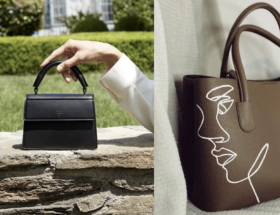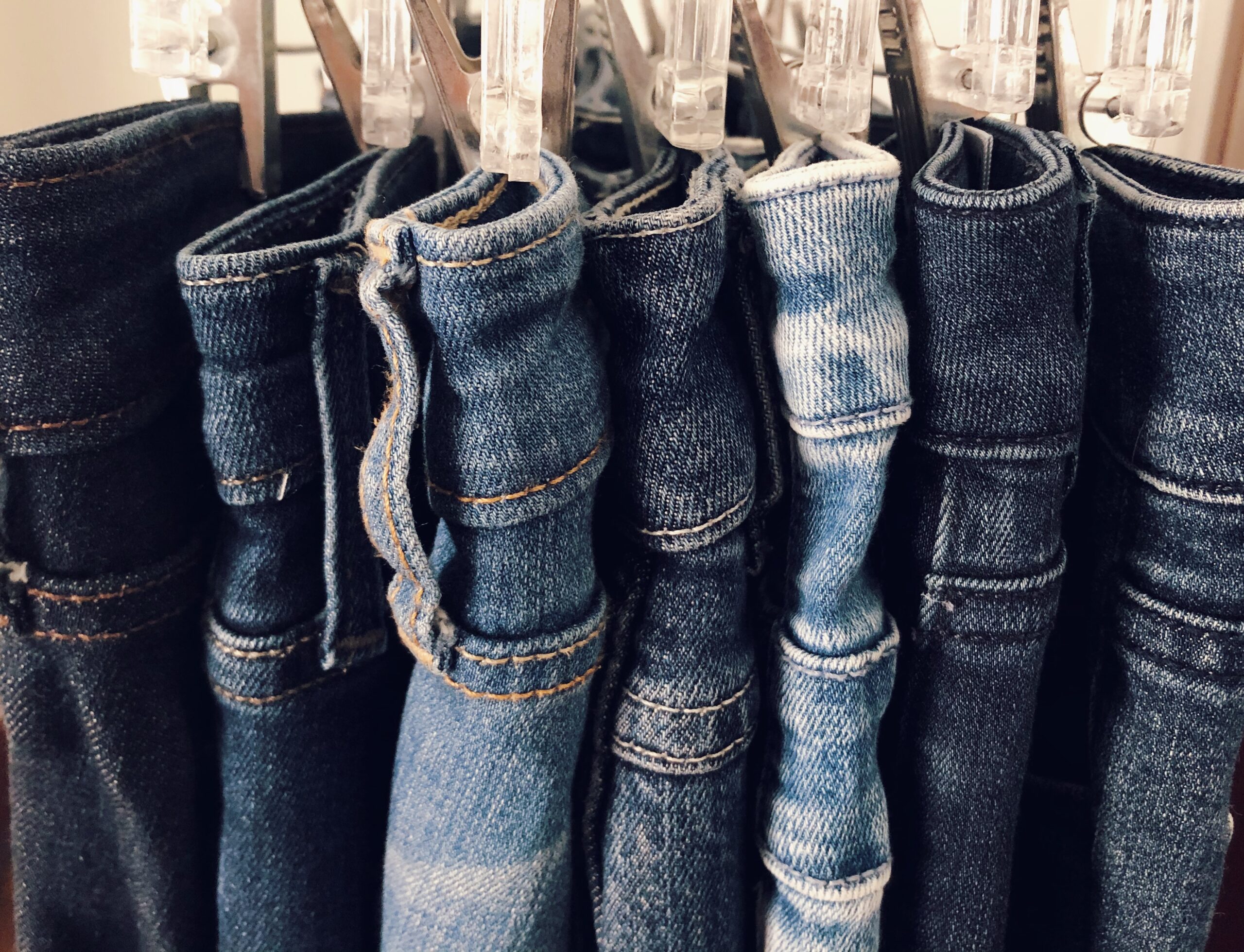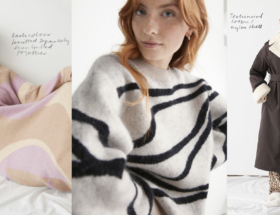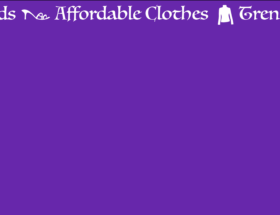Over the past few years, I thought a lot about sustainable fashion without understanding a clear definition of the term. The term sustainable fashion has become a popular buzzword, but many people do know what it truly means or what constitutes something as sustainable. It pains me to think about the billion-plus pounds of clothing that sit in warehouses and stores across the world. It is no secret that it takes a significant amount of chemicals, water, energy, and other natural resources to manufacture textiles and clothing. What many people do not realize is the amount of clothing/textiles that are thrown away each year. According to the Environmental Protection Agency, in 2018, 17 million tons of textile waste ended up in American landfills. Globally, it is estimated that 92 million tons of textile waste are created each year. This is equivalent to one full garbage truck of textiles being dumped into a landfill every second (BBC, 2020). If you are reading this thinking ‘I want to learn more about sustainable fashion’ or ‘I want to adopt shopping habits that support sustainable fashion, but have no idea how to start,’ just keep reading; this blog post is for you! This blog post is a beginner’s guide to sustainable fashion.
I was born in 1999, putting my middle school/early high school years at 2012-2014. This was the time frame when brands like Forever21 were at their peak. This was also when I first learned about ‘throw-away’ culture. Everyone knew that clothes from Forever21 were uber cheap and very poor quality. People would joke about how you could only wash clothes from Forever21 a few times before they fell apart and had to be thrown away. I remember hearing friends talk like this and not understanding anything wrong with buying clothes that were going to come apart after a few washes; it was the trend! Now that I am older and have learned more about the fashion industry, I am appalled that throw-away culture was a trend. It has been three years since I have purchased anything from Forever21.
A Working Definition
In the November 2020 issue of Harpers Bazaar, Maxine Bedat, the founder and director of a New York-based fashion policy think tank, stated, “We need to move away from this sort of wishy-washy sustainability — which can mean anything to anybody — to measurable, concrete, specific actions.” This quote stood out to me because I see a lot of fashion brands calling themselves ‘sustainable’ and interpreting the word in many different ways. Some brands, like Stella McCartney, call themselves ‘sustainable’ because they promise not to use fur and leather which in part helps to reduce greenhouse gas emissions produced by animal agriculture. Other brands call themselves ‘sustainable’ because they promise to pay their employees a fair living wage and not hire child labor. Most commonly, brands call themselves ‘sustainable’ because they promise to use organic cotton or recycled materials to manufacture their clothes. These definitions actually suit the term ‘sustainable fashion’; however, some brands go so far as to call themselves ‘sustainable’ solely because they plant one tree for every x amount dollar sold. Brands will have more of an impact on the fashion industry if they commit to change something about their manufacturing processes rather than planting one twig in the ground, which will take years to mature. Sustainable fashion is used as an umbrella term for the following fashion terms:
- Eco-Fashion: How your clothing impacts the environment.
- Slow Fashion: How long you keep your clothes in your wardrobe. (Work to increase the longevity of what you wear rather than following trends.)
- Ethical Fashion: The ethical treatment, pay, and occupational health standards of garment workers and the effects on communities.
This leads me to the term ‘greenwashing’ which is the process (often a marketing scheme) of conveying a false impression of sustainability. Since we rely on most brands to self report their sustainable practices, greenwashing makes it harder to determine which brands are sustainable and which brands are faking it.
“This is the moment to be disruptive…I think fashion brands need to talk more about how they’re accurately measuring and reducing their carbon footprint instead of just using flowery words.”
Maxine Bedat, founder and director of the New Standard Institute (NSI), a New York-based fashion policy think tank
Bedat is calling for more transparency in the fashion industry and I wholeheartedly agree. Fashion brands need to take back the power of the phrase ‘sustainable fashion’ before it becomes just the latest marketing buzzword, with no true power to enact change.
How To Know If A Brand Is Sustainable
The company Good On You created a rating system to rate how sustainable brands truly are. You can go on their website and find thousands of brand ratings or download out their app for mobile devices. Good On You breaks down their rating into four categories: people, planet, animals, and information sources. ‘People’ rates a brand’s impact on workers across the supply chain. ‘Planet’ rates a brand’s resource use, waste management, policies to address energy use and carbon emissions, impacts on water, microfibre pollution, and chemical use/disposal. ‘Animals’ rates how well a brand traces its animal products and its animal welfare policies. ‘Information sources’ rates the quality of information reported and how well a brand complies with the standards that have been set. Good On You takes all these factors into account, then assigns brands a rating on the scale: great, good, it’s a start, not good enough, we avoid.
Concluding Thoughts
I believe that it’s important for people/companies with the power to be heard to promote sustainability within the fashion industry. I commend InStyle magazine for promoting ‘sustainable’ pieces in their magazines; however, I am skeptical if it will encourage any change within the fashion industry. In the January 2021 issue of InStyle, there is a flatly/collage that features some sustainable clothing pieces. It includes a $995 leather trench described as “made of vegan leather,” a $120 pair of sunglasses described as “made of plant-based acetate,” a $328 black midi-dress described as “made of eco-responsible viscose,” a $550 jumpsuit described as “made using technology that reduces water and waste and chemical emissions,” and a $520 pair of boots described as “made of ethically sourced materials.” I was shocked that the only sustainable pieces promoted by InStyle were all over $100 and seemed ridiculously expensive for what you are getting (a black midi-dress for $328?!?!). Maybe it’s just because this is a magazine and the magazine wants to promote expensive goods that people can lust over, but it seems ridiculous that basically, all the clothes InStyle talks about are expensive! Sustainable fashion will never be able to take off or bring about change if the prices of sustainable goods are out of reach to so many people. It’s the worst to find out about a sustainable fashion brand that sounds cool and then check out their website only to find out that one sweater is $300. All in all, there needs to be more clarity surrounding the term sustainable fashion. I hope this article helps you better understand the term and better understand why there is so much confusion surrounding it.
XO, Alicia Farrell









Thank you for this information on “sustainable” fashion. You have made it clear on what that really means. I believe I had never considered the facts you have mentioned.
Very informative.
Alicia, this is my favorite article yet. I hope real sustainable companies can soon make their clothes more accesible.